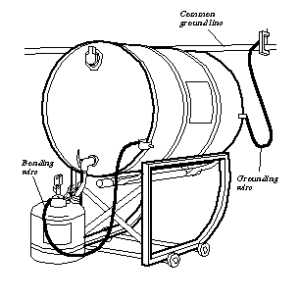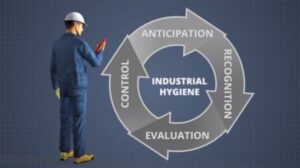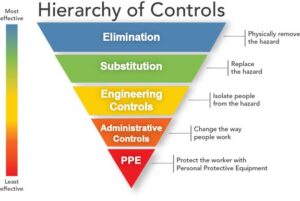Non-Routine Tasks
April
Non-Routine Tasks – A Steady Source of Injury
Non-Routine Tasks in the Workplace
A non-routine task requires an employee to perform a job that they do not perform very often, one that is outside the normal day-to day activities of the employee. Since the performance of these jobs is infrequent, the employee often overlooks or misses the hazards associated with performing these tasks.
A non-routine task is just that, not routine for the employee. It can be anything from repairing a piece of equipment after a failure, servicing a piece of the equipment as part of annual routine maintenance, or installing and operating a machine for the first time. For the employee, this could be a new task assignment or a task recently added to their workload. It results in performing either a task that they have never done before, one that they have not completed in quite some time, or one that they are not fully trained to perform.
Each of these scenarios introduces a new set of potential hazards because the employee is not familiar with the task. The protective measures that need to be in place to perform the task safely may not be fully developed, or even known to the employee who may not have been involved the last time this job task was completed.
Since these tasks are not part of the normal process for the employee, the chances of injury while performing these tasks increases substantially. This happens because the exposure to hazards that the employee does not normally encounter. When an employee is performing their normal work assignment, they are aware of the established procedures they need to follow to complete the work safely. The training on these established procedures, combined with their experience, provide them with an acute awareness of the hazards inherent to the task.
For a non-routine task, many times the employee gets injured reacting to events that occur during the process as it is happening. This occurs because the training on this particular process is not complete or the job is not accurately assessed prior to the work, and the employee does not know what to expect. Another potential reason is that it has simply been a long time since the employee executed the task before, so they may encounter issues when they miss a step in the process while they are performing the task.
Strategies to Reduce Non-Routine Task Injuries
The main step in the prevention of non-routine task related injuries is to perform a Job Safety Analysis (JSA) on these tasks prior executing them. Tasks that are either new or infrequent are the perfect candidates for JSA, because of the task needs analysis and development to be able to create a procedure to complete the job safely. This analysis includes:
- Identification of the necessary steps and the proper sequence of the steps to complete the task successfully.
- Identification of the risks and hazards involved with each step in the process, and addressing them prior to executing the process and risking injury. One method to help in this step is to ask “What could happen here?” questions to flush out hazardous scenarios.
- Develop preventative measures during this process with a goal of eliminating identified hazards.
- Document the JS to be able to refer to the completed analysis prior to the next time the task needs to be completed.
- When a non-routine task arises, hold pre-task reminder meetings with everyone involved to review the work assignment and existing JSA.
Additional Job Safety Analysis Tips
Once you have gone through the effort to create a JSA for a non-routine task, save the documented output of the JSA and store it in an accessible location for future use. You can also use the JSA as input to the documentation of Standard Operating Procedure (SOP) for that task, or related tasks employees perform at your facility.
Companies have had some degree of success documenting SOPs for the normal processing of jobs in the facility. Many companies use documented SOPs to train new employees when hired to familiarize them with the tasks, machines, etc. This is not always the case for non-routine tasks. For non-routine tasks, JSAs and SOPs that provide procedures to follow to reduce injury are valuable tools and should be used to train employees when the need arises.
Have experienced safety members create effective JSAs, as they are not only knowledgeable about the steps needed to complete the task from a procedural view, but also are skilled in identifying potential risks and hazards that could happen during the process. This is invaluable information to transfer to the employee who will be completing these tasks.










